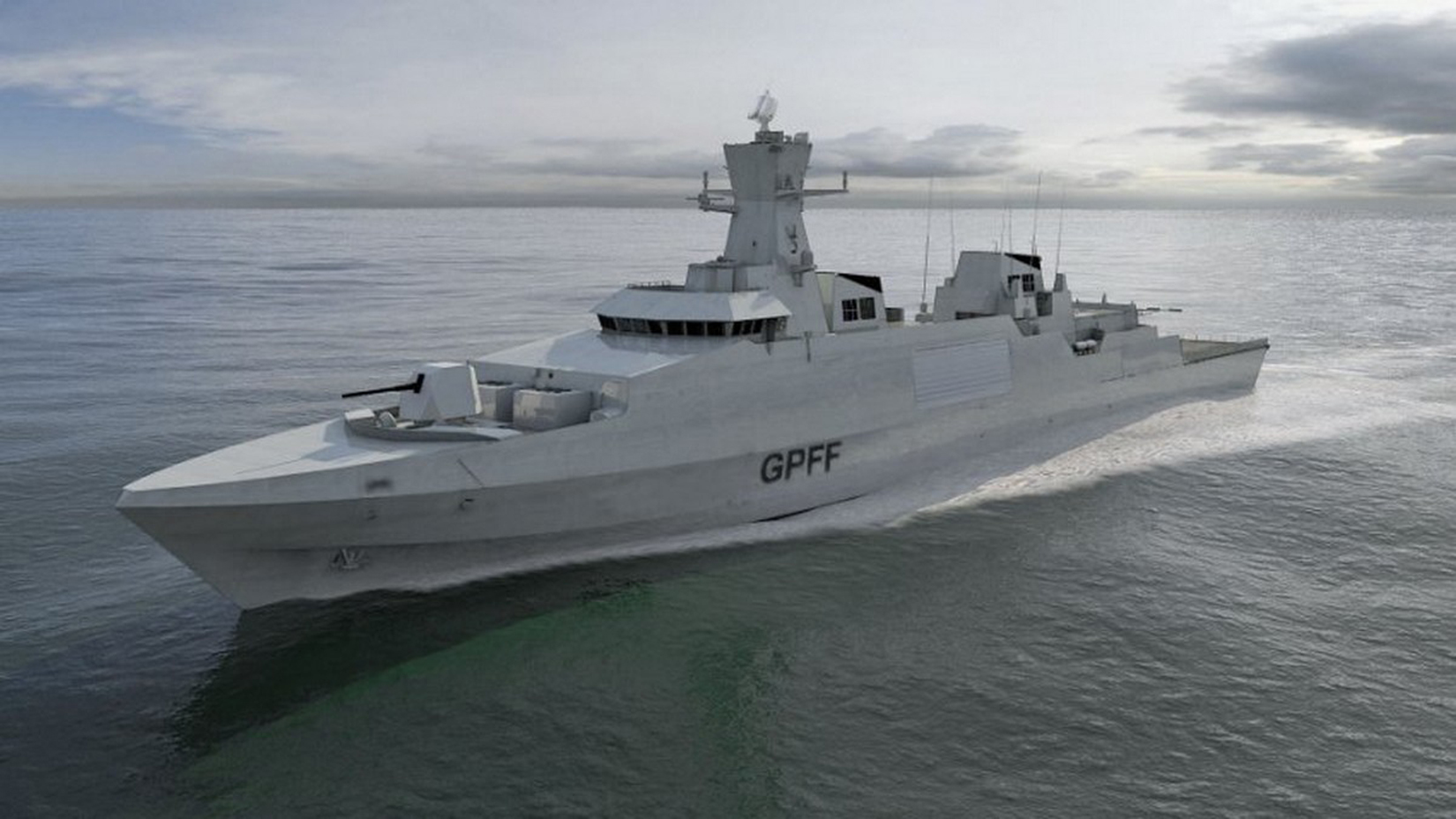
FEARS have been raised about the future of shipbuilding on the Clyde after the Tories backed an independent review calling for new frigates to be built around the UK.
Last year industry veteran Sir John Parker urged UK ministers to start work on a new warship, the Type 31, arguing construction should be shared beyond the two specialist BAE Systems yards in Glasgow.
Eight new Type 26 Royal Navy combat ships are to be built at the Scotstoun and Govan facilities.
But a decision on where five cheaper Type 31 vessels will be constructed has still to be taken.
The UK Government was due to give its official response to Sir John’s review – which called for the end to BAE’s monopoly over naval shipbuilding – in the spring but this was shelved when the General Election was called.
Now the Conservative manifesto, launched last week, has stated the party “will take forward Sir John Parker’s review of shipbuilding, helping our shipyards modernise and collaborate” if they win next month’s crunch poll.
According to the document, the Tories want to see “shipbuilding growing on the Clyde and on the Forth, in Belfast and elsewhere.”
But critics fear the manifesto commitment is a signal that work could be moved from the Clyde.
GMB Scotland Secretary Gary Smith said: “Although there will be political temptation on the part of the Tories to relocate the manufacture of the Type 31 programme, it would be a false economy in the long term.
“The Upper Clyde remains the best and most economically viable location to build the Type 31s.
“There are a number of ways the next government could realise Parker’s vision for UK shipbuilding, not least by the manufacture of the three 40,000 tonne Royal Fleet Auxiliary vessels through a work-share programme across UK yards – something GMB Scotland has consistently argued for.
“The reality is that if the Ministry of Defence wants to develop a world-class export market for complex warship manufacture, then it should revisit the original plan for a ‘frigate factory’ at Scotstoun and bring forward the necessary investment along with BAE.”
An £859m deal to build Type 26 frigates at BAE’s Govan and Scotstoun yards was signed in February 2015.
But the project was scaled back from an initial 13 ships to eight and then hit by repeated delays until the UK Government announced last November that work would get under way this summer.
Sir John’s shipbuilding review was critical of how BAE had dominated the Royal Navy’s order book for decades.
Chris Stephens, SNP candidate for Glasgow South West, said: “We have a skilled and committed workforce on the Clyde.
“The Tories need to make clear exactly where they intend to go with their shipbuilding strategy.
“Sir John’s report talked about taking work elsewhere but a lot of that is pie in the sky, as there is no other company in the UK which can take on the scale and complexity of the work required.
The real elephant in the room is: why are we building support vessels in South Korea when they could easily be built in this country?”
Last year, Sir Michael Fallon, the Defence Secretary, said Sir John’s report offered an ambitious vision of naval shipbuilding based on a “new era of co-operation as part of our modern industrial strategy”.

Enjoy the convenience of having The Sunday Post delivered as a digital ePaper straight to your smartphone, tablet or computer.
Subscribe for only £5.49 a month and enjoy all the benefits of the printed paper as a digital replica.
Subscribe